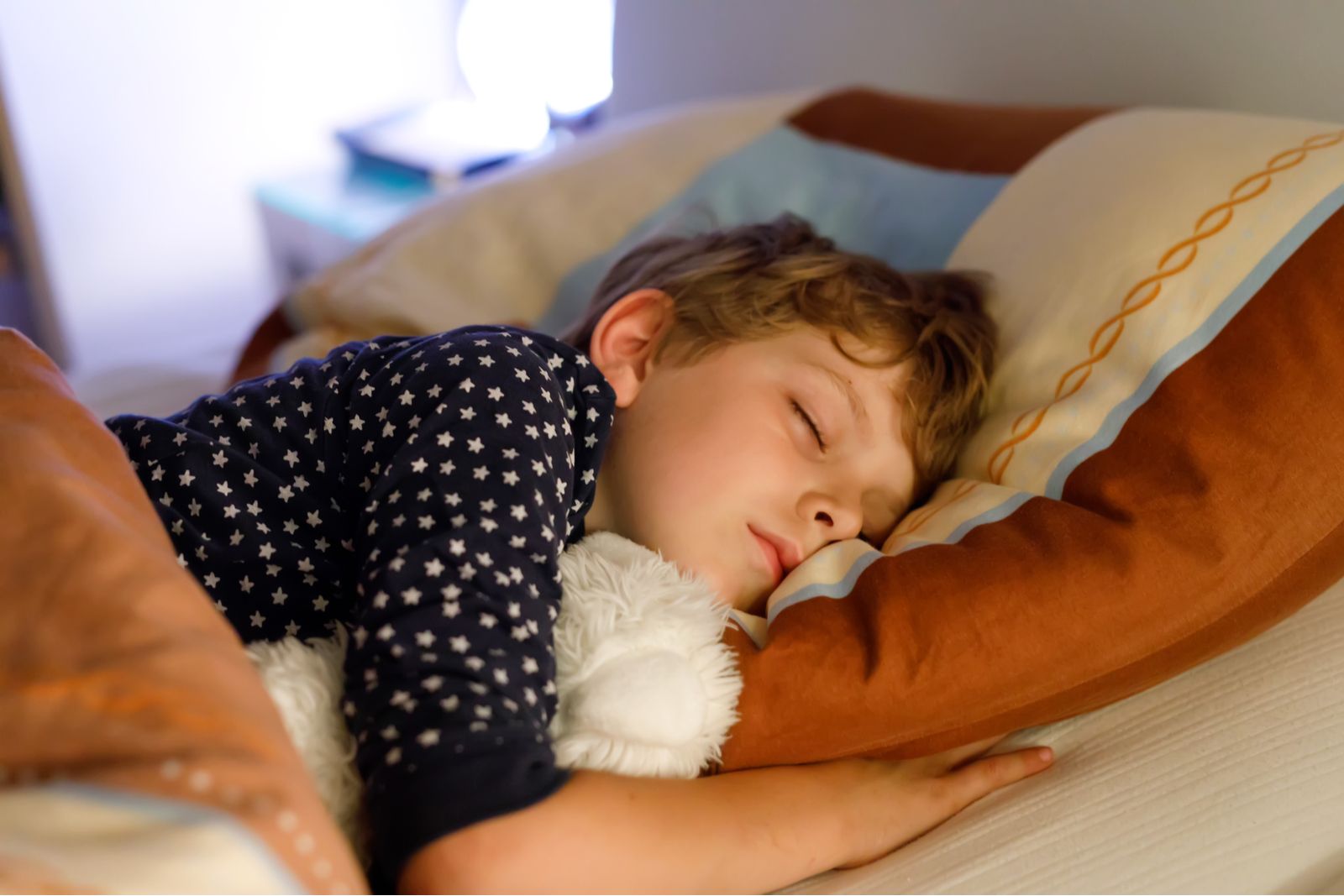By Michel Jeannot MD, ABSM
Introduction:
Sleep disorders in school-age children often present with diverse symptoms that differ from those observed in adults. Recognizing these distinct clinical manifestations is crucial for early detection and appropriate management. This article explores the varied presentations of sleep disorders in children, particularly focusing on symptoms related to sleepiness in school and attention deficit issues.
Sleepiness in School-Age Children:
One category of symptoms in school-age children indicates excessive daytime sleepiness and fatigue. This encompasses behaviorally induced insufficient sleep, environmental limitations affecting sleep duration, and sleep onset insomnia. Notably, children who appear sleepy during school hours but exhibit early sleep onset at home may signal disorders of hypersomnolence, including narcolepsy or idiopathic hypersomnia.
Recommendations for Sleepiness-Related Symptoms:
Children displaying sleep-related behaviors in school should prompt comprehensive sleep evaluations. Such assessments, facilitated by sleep specialists, aim to identify potential underlying sleep disorders accurately. A thorough examination is crucial, ensuring appropriate diagnosis and tailored interventions to address these issues effectively.
Attention Deficit and Hyperactivity:
Another subset of symptoms observed in children involves hyperactivity and attention deficit, which may signify an underlying sleep disorder, notably sleep apnea. The evaluation of such cases requires referral to sleep specialists and undergoing in-lab sleep studies. Sleep apnea in pediatric populations often results from enlarged tonsils or adenoids, warranting prompt evaluation and intervention.
Recommendations for Attention-Related Symptoms:
Children displaying signs of attention deficit or hyperactivity should undergo comprehensive sleep evaluations. Referral to sleep specialists is vital for accurate diagnosis and suitable management strategies. In-lab sleep studies are essential for identifying potential sleep disorders contributing to these symptoms.
Conclusion:
Understanding the nuanced clinical manifestations of sleep disorders in school-age children, particularly related to sleepiness and attention deficit, is critical for early detection and effective management. Timely identification and appropriate interventions contribute significantly to the child’s overall health, academic performance, and well-being.
Keywords: Sleep Disorders, School-Age Children, Sleepiness, Attention Deficit, Comprehensive Evaluation, Pediatric Sleep Medicine, Diagnosis, Treatment.

